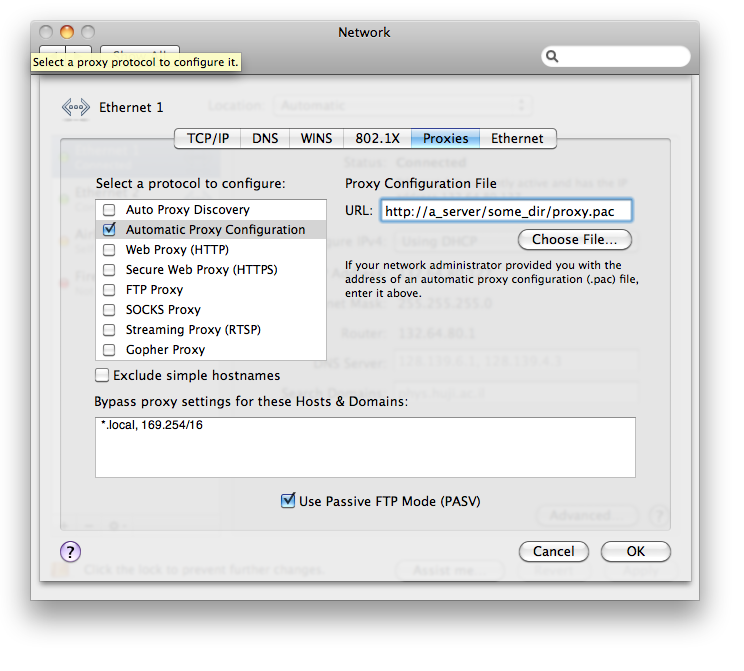

Additional cache memory size: The system will use this value as an additional memory cache.So if you assign 6GB as a disk cache and set the additional cache memory size to 16MB, the total RAM usage of the Proxy Server will be 91MB ((6*10)+15+16). Proxy Server will reserve 10MB RAM for every 1GB you assign as a disk cache and the system will reserve 15MB RAM for itself. Please note: This function can adversely impact NAS performance. Check “Enable additional memory caching” to use the memory cache function. When the cache storage reaches the ceiling percentage, the system will delete cached files until it reaches the floor percentage.ģ. Cache swap floor/Cache swap ceiling: The system will follow these values for deleting older cached files.The system will not cache files that are out of this range. Minimum file size for disk cache/Maximum file size for disk cache: Enter the minimum/maximum size of files that can be cached.Cache directory size: Enter the disk space to reserve for the cache.Location: Choose the data volume to store the cache on.Please refer to the below steps to set up the cache function: With the perfect combination of NAS and Proxy Server, the large storage capacity can be used to store a massive cache, and provides fast R/W and network speeds to accelerate access to previously-viewed websites and files. This can help save bandwidth and also enhance the speed and efficiency of using the Internet. If other users then access the same websites or files, they will be read from the NAS instead of downloading the same data again. With this function, when a user accesses websites or downloads files the system will also store them in the NAS. Settings: Change advanced settings for Proxy Server.Ĭache: Improve response time and save bandwidth.Antivirus: Scan Proxy Server's cached files to ensure system security.Log settings: Enable to save HTTP/HTTPS requests to a system log.Access Control: Set rules by specifying source and destination addresses.This app supports disk cache and memory cache. Cache: Enable to decrease bandwidth usage and improve access efficiency.You can enter each subpage on the left menu to change settings. Open “Proxy Server” to enter the setup page. Ensure that “Proxy Server” is installed in the App Center.Ģ. Scenario: Combination of Proxy Server and VPNġ.Antivirus: Perform packet inspection from Proxy Server to ensure a non-harmful Internet environment.Log Settings: Record connection information.Access Control: Make rules to allow/block certain users from connecting to certain websites.Cache: Improve response time and save bandwidth.Based on the HTTPS request, Proxy Server cannot cache files but will still follow access control rules.

Please note: Proxy Server supports all Intel/AMD x86-based NAS, the TS-531P, TS-x31 series, and TS-x31+ series. Now users can turn their QNAP NAS into a Proxy Server by installing the Proxy Server QPKG. Furthermore, a proxy server can also assist users in bypassing regional locks and restricted websites/services while travelling abroad. It also helps IT administrators efficiently manage network bandwidth by reducing unnecessary HTTP/HTTPS requests. A proxy server is essential in allowing users on the office network to access blocked Internet resources. Modern businesses usually set up strict firewall rules to protect their network from unauthorized access. Support Milestone Surveillance Platform.NAS Smart Surveillance System Solutions.NDR Solutions against Targeted Ransomware.Software-defined Platform Total Solution.Support Platform9’s Managed OpenStack Solution.Veeam-Ready and Virtualization Certifications.

With Linux and ZFS, QuTS hero supports advanced data reduction technologies for further driving down costs and increasing reliablility of SSD (all-flash) storage. QuTS hero is the operating system for high-end and enterprise QNAP NAS models. WIth Linux and ext4, QTS enables reliable storage for everyone with versatile value-added features and apps, such as snapshots, Plex media servers, and easy access of your personal cloud. QTS is the operating system for entry- and mid-level QNAP NAS.


 0 kommentar(er)
0 kommentar(er)
